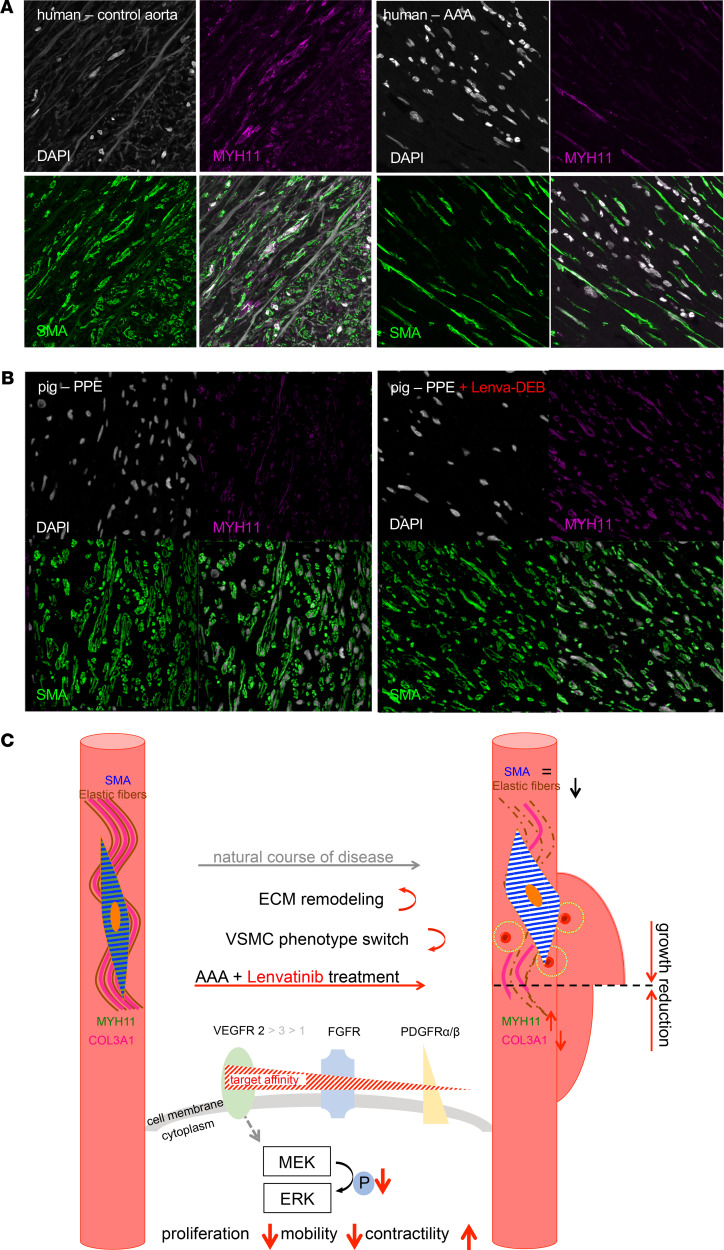Figure 6. Contractile element MYH11 loss in human AAA and restoration upon DEB-delivered lenvatinib treatment in pigs; proposed mechanism of action.
(A) Immunofluorescence staining of αSMA, MYH11, and nuclear DAPI in human control aorta and AAA and (B) in Yucatan LDLR–/– PPE-AAA minipig model untreated and treated with lenvatinib. Original magnification, 63×. (C) Scheme of the proposed mechanism of action for lenvatinib in the context of aneurysm development. Lenvatinib inhibits the tyrosine kinase intracellular signal by reducing ERK1-2 phosphorylation in aortic SMCs. This event is associated with decreased proliferation. In parallel, lenvatinib seems to improve SMC contractility, possibly by MHY11 restoration, resulting in a potential slowdown of aneurysmal growth.

